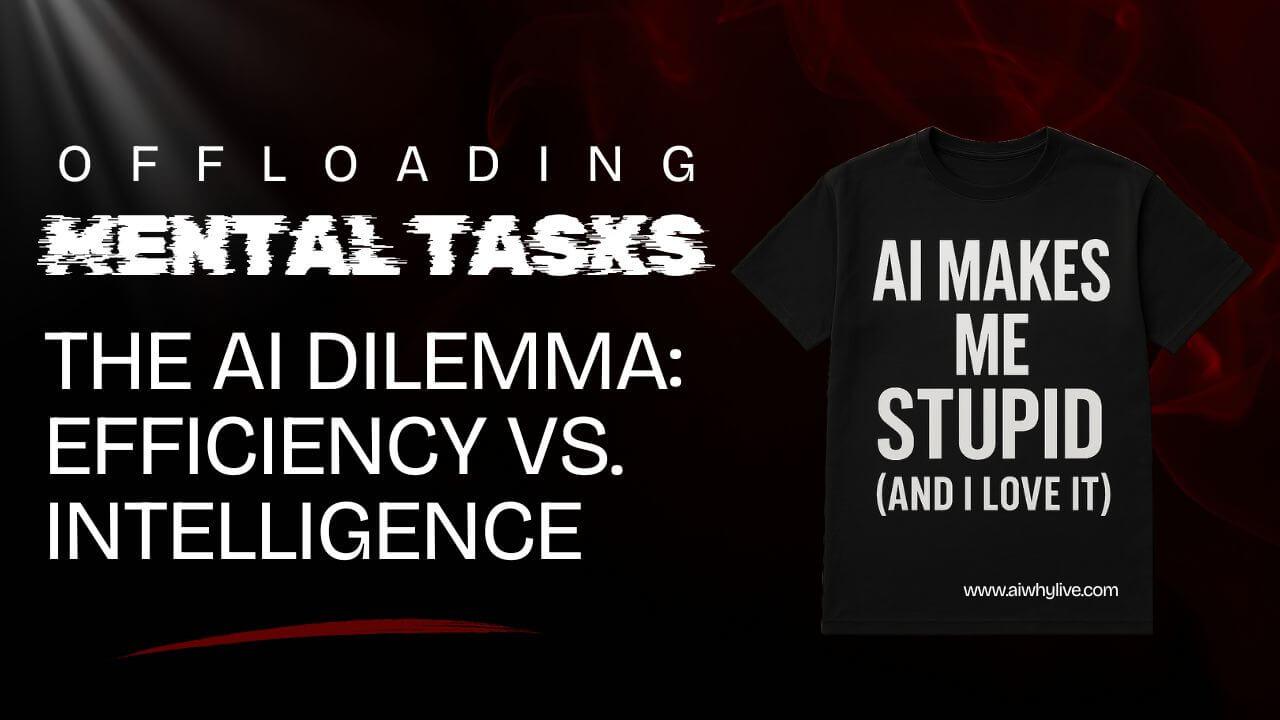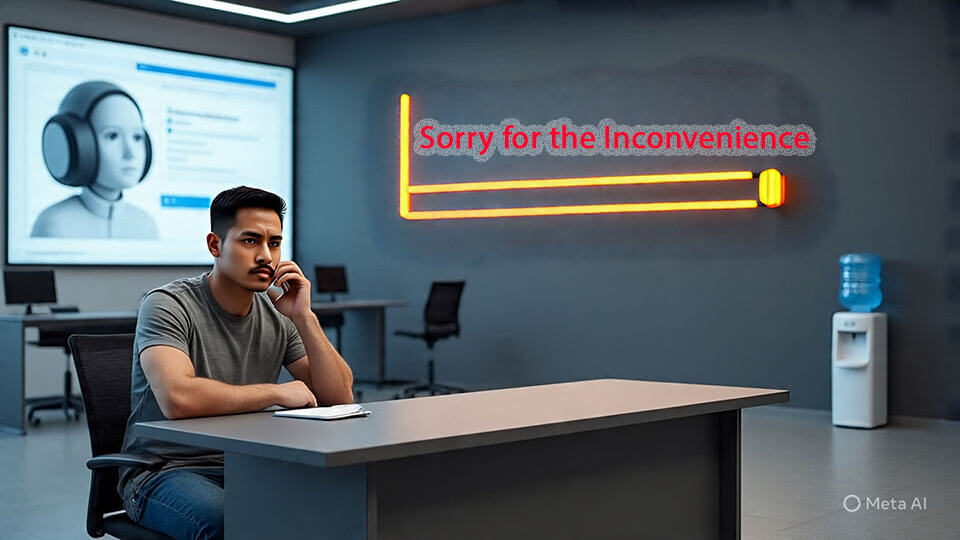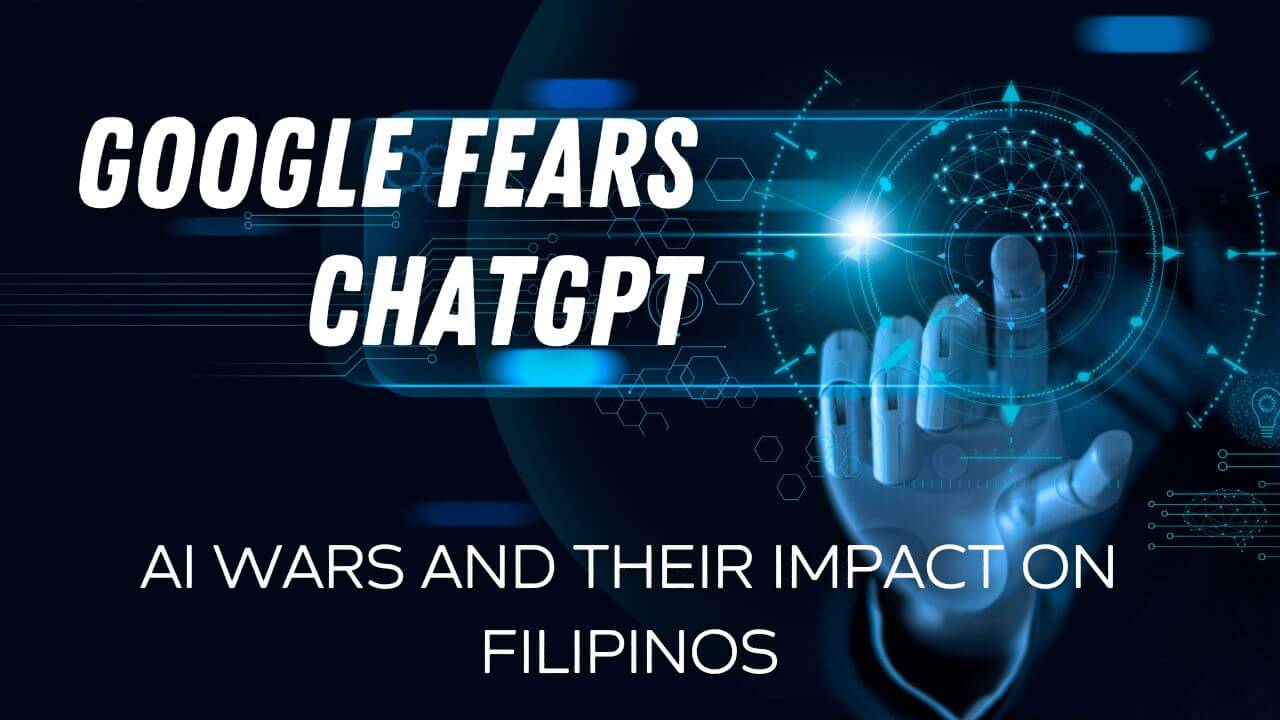🎭 “Representation without royalties is just exploitation in high definition.”
Filipino creators are everywhere—on datasets, in avatars, in marketing decks labeled “inclusive.” Our voices train chatbots. Our faces sell diversity. Our labor annotates the very models that replace us. And yet, when the algorithm cashes in, we’re nowhere in the credits.
Welcome to the age of AI tokenization—where Filipino creativity is rented out, but dignity is never returned.
📸 The Creator Trap: Likes, Not Licensing
Platforms promise exposure. But what they really offer is extraction.
- Artists like Art of Maku have seen their original works scraped and transformed into AI-generated avatars—without credit, consent, or compensation.
- Freelancers in the BPO and content moderation sectors train AI systems under low-wage contracts, only to be replaced by the very tools they helped build.
- Influencers are recruited for “diverse” campaigns, but their cultural labor is reduced to aesthetic—no equity, no royalties.
It’s not just unfair. It’s colonial.
🏴 AI Colonialism: The New Empire Has No Flag
As AI booms, so does a silent empire—one that extracts Filipino data, labor, and culture to enrich tech giants abroad.
- “Data colonialism” mirrors historical conquest: explore, expand, exploit, exterminate.
- Filipino workers label datasets, moderate content, and train models, but ownership and profit remain offshore.
- The Philippines is a key node in the global AI supply chain, yet it remains structurally excluded from its benefits.
We’re not just underpaid. We’re underwritten—our contributions erased from the story.
🌱 Quiet Resistance: Creators Who Refuse to Be Tokens
But not everyone’s playing by the algorithm’s rules.
- Grassroots innovators from Pangasinan to Quezon are building no-code AI apps that solve real problems—like Kuya FReady, a chatbot that helps youth apply for government IDs.
- Filipino prompt engineers are turning English into leverage, crafting tools that serve local needs without needing to code.
- Artists are watermarking, licensing, and publicly calling out AI misuse, demanding ethical standards and fair compensation.
These aren’t just hacks. They’re acts of agency.
🧰 Toolkit: How to Protect Your Work from Silent Extraction
- Watermark your images and metadata—use tools like Glaze or Nightshade.
- License your content under Creative Commons with clear usage terms.
- Track dataset inclusion via platforms like HaveIBeenTrained.com..
- Join creator coalitions advocating for AI transparency and royalties.
- Build your own models—train on your own data, not theirs.
🧒 Explain Like I’m 12: What’s “AI Tokenization”?
Imagine you draw a cool superhero. Someone takes your drawing, feeds it to a robot, and the robot makes 100 versions of it—then sells them. You don’t get paid. You don’t even get mentioned. That’s tokenization. It’s like being invited to the party, but only as decoration.
🧭 Final Word: From Token to Architect
Filipino creators don’t need to be tokens in someone else’s AI story. We can be architects of our own systems—quietly, strategically, and with compounding dignity.
Because in the end, the algorithm may be powerful. But we are the source.
🧭 Final Word: From Token to Architect
Filipino creators don’t need to be tokens in someone else’s AI story. We can be architects of our own systems—quietly, strategically, and with compounding dignity.
Because in the end, the algorithm may be powerful. But we are the source.
Why Live Authentically. Because dignity isn’t a dataset. It’s a decision—to build, not beg. To create systems that serve us, not silence us. To turn quiet resistance into lasting architecture.
🧒 Too Cryptic? Explain Like I’m 12
What does “AI tokenization” mean?
Imagine you draw a cool superhero. Someone takes your drawing, feeds it to a robot, and the robot makes 100 versions—then sells them. You don’t get paid. You don’t even get mentioned.
Now imagine they do that with your voice, your face, your ideas. That’s tokenization. It’s when companies use your work to make their AI smarter or prettier, but you don’t get credit, control, or cash.
It’s like being invited to the party—but only as decoration.
✨ Rationale of This Article
This piece was written to expose the hidden costs of “representation” in AI—where Filipino creators are often showcased but rarely empowered. It challenges the performative inclusion of global tech platforms and reframes Filipino creativity as a source of leverage, not decoration. By spotlighting grassroots resistance and offering practical tools, it aims to shift the narrative: from extraction to ownership, from tokenization to quiet empire-building.
It’s not just a critique. It’s a blueprint.
📚 Sources Used:
| Source | Description |
|---|---|
| SunStar Cebu | Trends in Filipino influencer labor and AI adoption |
| BeInCrypto Philippines | Overview of content tokenization and licensing |
| Manila Bulletin | Monetization trends in AI-driven creator content |
| Kuya.dev Blog | TEDx talk on data colonialism in the Philippines |
| Pulitzer Center | Investigative report on Filipino labor in AI systems |
| Project MUSE | Academic framing of AI colonialism |
| IMF Working Paper | Labor market exposure to AI in the Philippines |
| DOLE ILS | Government research on AI’s labor impact |
| BitPinas | Coverage of grassroots AI app development |
| POP! Inquirer | Artist testimony on AI exploitation |







